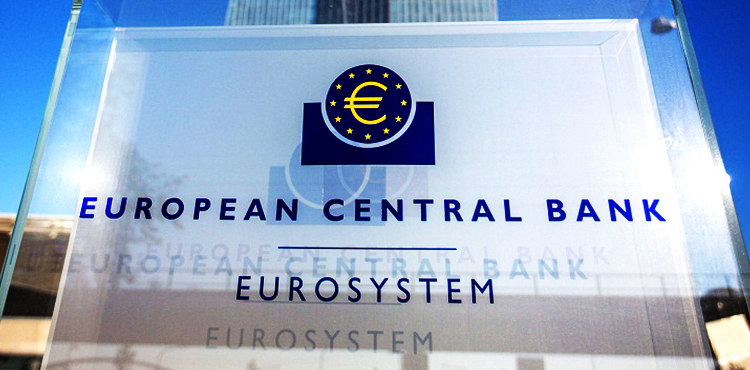The European Central Bank took action on Thursday by implementing a 0.25% cut to the deposit rate, marking its second reduction this year. This decision was made in response to a period of weak economic growth within the eurozone and a decrease in inflation levels approaching the bank’s 2% target in August.
Revised downwards to 0.8% from a previous estimate of 0.9%, the ECB adjusted its 2024 growth forecast, pointing to a “weaker contribution from domestic demand over the next few quarters.”
While the rate cut was widely expected, the real focus for many observers is on the ECB’s future course of action. The Governing Council emphasized in a statement that it is not committing to a fixed rate path, opting instead for a flexible, data-driven approach in its decision-making process.
There are differing opinions among economists regarding whether the ECB will maintain the status quo at its next meeting on October 17, following a similar stance in July, or whether there will be another 0.25% rate cut on December 12. This meeting closely precedes the anticipated commencement of a rate-cutting cycle by the Federal Reserve.




